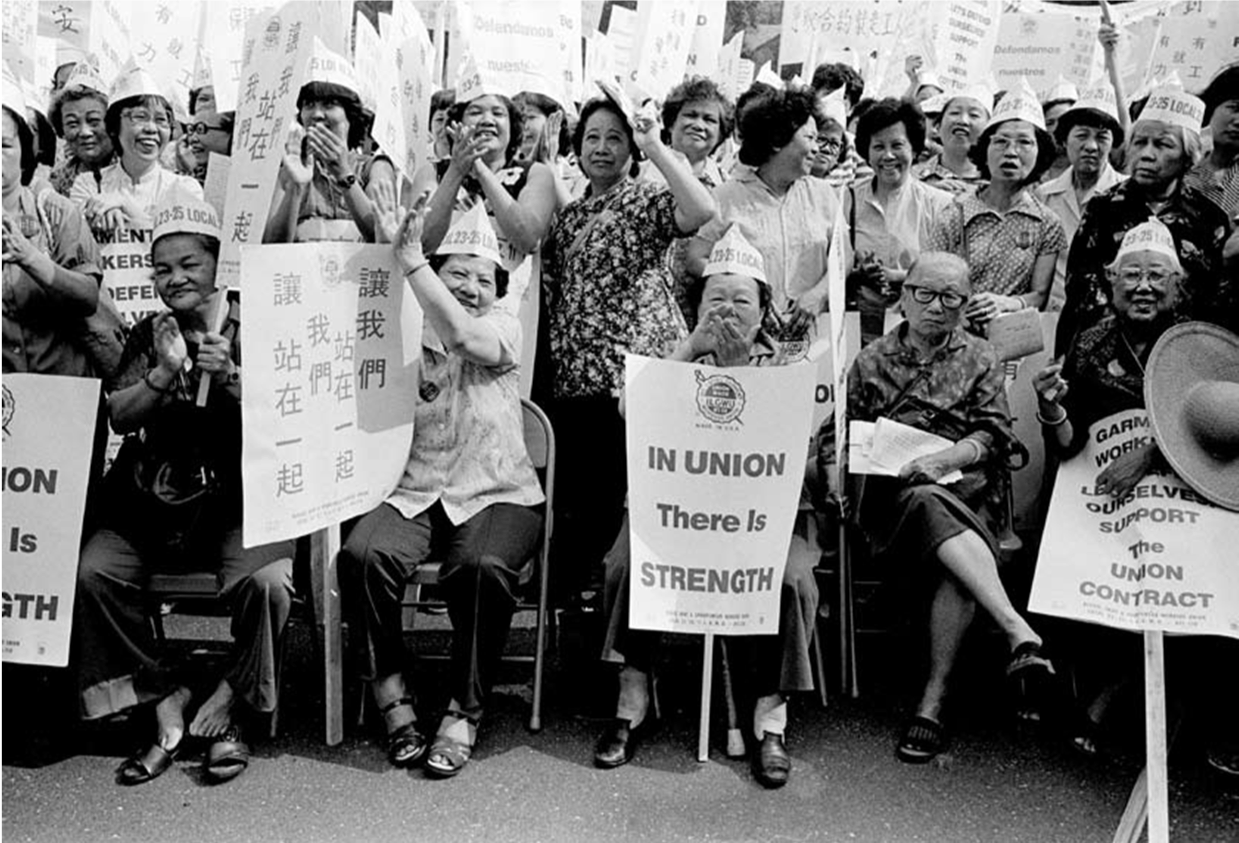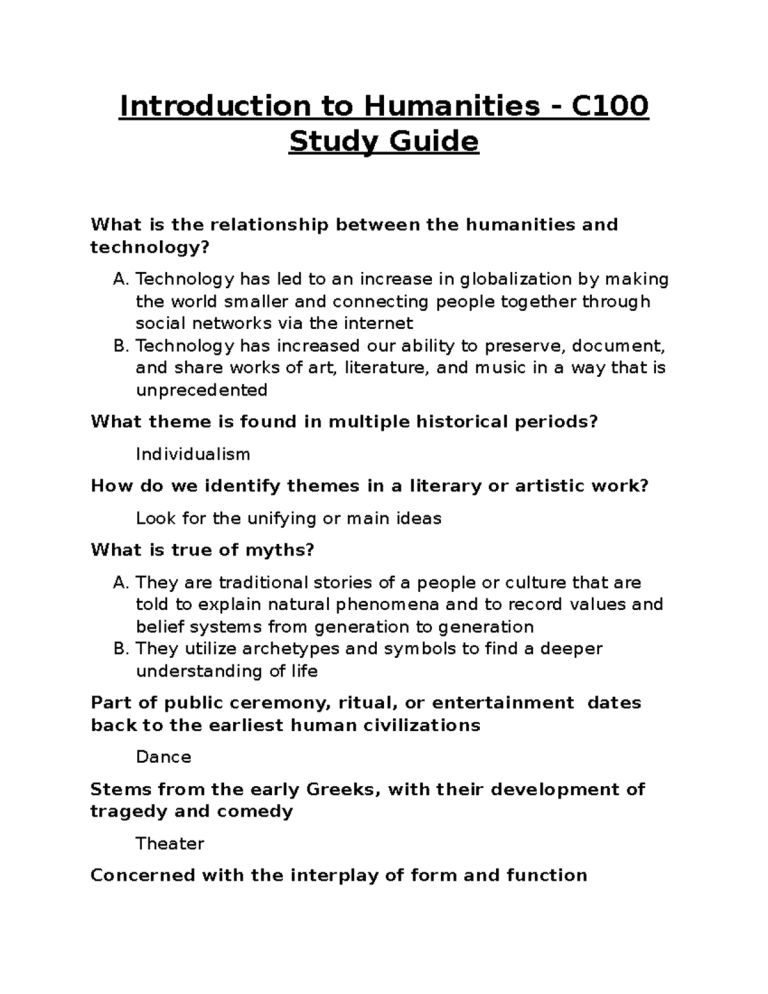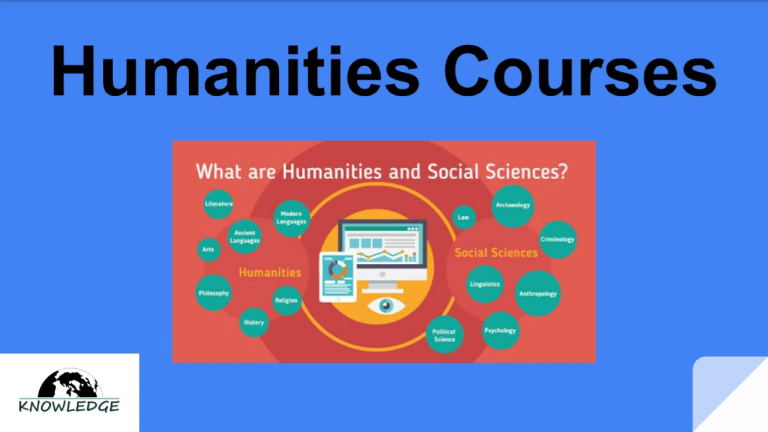Asian American women’s history is rich and deeply intertwined with the broader narrative of America’s past, yet it often remains overshadowed and underrepresented. A new exhibition at the Schlesinger Library, titled “Illuminate: Contextualizing Asian American Women’s Stories Through the Archives,” seeks to change that by uncovering the forgotten narratives of Asian American women throughout history. From the photos of Ainu and Visayan women showcased at the 1904 St. Louis World’s Fair to significant legal battles fought by courageous Chinese women, these stories represent vital pieces of cultural representation and resilience. The exhibition reminds us that Asian American women’s stories are not merely historical footnotes; they are integral to understanding the diverse fabric of our society. By highlighting these narratives, the Schlesinger Library aims to foster a deeper appreciation of their contributions and the challenges they have faced over the years.
The exploration of the journeys and experiences of women from Asian heritage in America reveals a compelling tapestry of struggles and triumphs. The Schlesinger Library’s exhibit illustrates the often-overlooked narratives of Asian American women, including their representation in cultural events and historical moments that shaped the nation. Highlighted through various media and artifacts, this initiative not only serves to educate the public about the significant roles played by individuals like Ainu and Visayan women but also showcases how Asian American women have fought against erasure in favor of their rightful place in history. This attempt to reclaim narratives encourages a broader comprehension of female empowerment within the Asian American community and showcases the intricate bonds of heritage that inform their contributions. As we engage with these stories, we gain insight into the multifaceted identities of Asian American women and the importance of inclusion in historical discourse.
Unveiling Asian American Women’s History
The Schlesinger Library’s recent exhibit, “Illuminate: Contextualizing Asian American Women’s Stories Through the Archives,” serves as a pivotal moment in highlighting Asian American women’s history. Often overlooked in mainstream narratives, the stories of Ainu and Visayan women showcased at the 1904 St. Louis World’s Fair exemplify the marginalization of these voices. The exhibition illuminates how these women’s identities, cultures, and narratives have been erased from history books and public consciousness. Curator Victor Betts emphasizes that acknowledging this obscured history is crucial for understanding the broader American narrative, as Asian American history is intricately woven into the fabric of America itself.
As viewers engage with the materials on display, they are encouraged to reflect on their own perceptions of Asian American women. This exhibit is not only a vivid presentation of historical artifacts but also a call to action to recognize and honor the contributions of these women throughout history. The collaborative efforts between students and archivists to bring these stories to light reveal the power of education and research in combating erasure. By facilitating discussions around cultural representation and historical visibility, the exhibit empowers a new generation to rethink what it means to celebrate diverse identities in America.
The Role of Art in Cultural Representation
Art has always served as a powerful tool for cultural representation and expression, and the Schlesinger Library exhibit harnesses this potential through the work of local artist Shaina Lu. Her translucent illustrations accompanying the archival material create an immersive environment, allowing sunlight to filter in and symbolize the illumination of hidden stories. This artistic choice not only enhances the aesthetic experience of the exhibit but also emphasizes the importance of integrating contemporary voices with historical narratives. Through art, the exhibit seeks to foster a deeper understanding of the complexities surrounding Asian American women’s identities and struggles.
Moreover, Lu’s involvement exemplifies the dynamic relationship between artists and historians. As Asian American women continue to lead advocacy and justice efforts, their stories find expression in various artistic forms, from visual arts to literature. This creative representation helps to challenge stereotypes and promote nuanced understandings of cultural identity. By showcasing works that resonate with the historical context of Asian American women, the exhibit encourages audiences to consider the ongoing relevance of these narratives in today’s society, particularly in light of recent movements for social justice and equality.
Exploring the Erasure of Asian American Women’s Stories
The topic of erasure runs thick throughout the narratives presented in the Schlesinger exhibit. The historical accounts of Ainu and Visayan women, once reduced to mere objects of curiosity during the World’s Fair, highlight the broader systemic erasure of Asian American women’s contributions and experiences. Students involved in the exhibit have engaged in critical discussions about this phenomenon, examining how women’s stories have been sidelined not only in archives but within the cultural memory of America. Such analysis unveils the necessity of engaging with these marginalized histories to fully appreciate the multi-faceted nature of American identity.
Recent research, such as Christian D. Topinio’s exploration of colonial hierarchies depicted in photographs by Jessie Tarbox Beals, reflects how academic inquiry can shine a light on these forgotten experiences. Women like Ah Fong, who fought legal battles for their autonomy in America, represent a thread through which we can re-weave the narrative fabric of American history. By bringing these stories to the forefront, the exhibit challenges us to confront uncomfortable truths about exclusion and to advocate for a more inclusive understanding of our shared history.
The Modern Implications of Historical Invisibility
Understanding Asian American women’s history through the lens of modernity reveals crucial insights into contemporary social dynamics. As noted by curator Victor Betts, the lack of diverse representation in historical records perpetuates narratives that ignore the contributions and struggles of Asian women. The exhibit not only serves to rectify past omissions but also highlights the ongoing need for visibility in today’s society. By contextualizing these historical narratives within modern frameworks, audiences are encouraged to reflect on how historical invisibility influences current perceptions and treatment of Asian American women.
Moreover, the exhibit’s exploration of colonial narratives and assimilationist policies, particularly during periods such as the Japanese American internment and the Civil Rights era, underscores the importance of recognizing these histories in light of current issues. The ongoing violence against Asian communities during the COVID-19 pandemic further amplifies the need to understand and address the roots of prejudice and discrimination. This awareness fosters a sense of collective responsibility to uplift and prioritize the stories of Asian American women who continue to face marginalization, ensuring that their narratives are included in the broader discourse around justice and equity.
Collaborative Learning: Engaging with Archives
The collaborative learning model applied in the course titled “Asian American Women’s History in the Schlesinger Library” exemplifies the innovative approaches to education and research. Students and faculty, including Betts and Erika Lee, have come together to explore the depths of archival materials to uncover untold stories. This process not only enriches the students’ academic experience but also fosters a sense of ownership over the histories they are studying. By actively engaging with the archives, students become participants in a larger dialogue concerning representation and the construction of history.
Through tools like archival research, students are equipped to challenge existing narratives that have historically marginalized Asian and Asian American women. This method of inquiry places emphasis on self-discovery and critical thinking, enabling students to acquire skills that extend beyond the classroom. Their work serves as a testament to the potency of education as a lens through which history can be reframed, inspiring a commitment to continual exploration of cultural narratives. The Schlesinger exhibit stands as a monumental initiative to preserve and celebrate these histories, contributing to a more just and inclusive academic landscape.
Highlighting Local Heroes: A Celebration of Community
The Schlesinger Library exhibit not only seeks to document historical narratives but also to celebrate the local heroes within Asian American communities. By featuring artists, activists, and scholars from Boston’s own neighborhoods, the exhibit illustrates the vital role that these figures play in the ongoing fight for justice and representation. The interconnectedness of these histories with contemporary community efforts highlights how essential it is to honor the contributions of those who have come before us while also inspiring future generations of Asian American leaders.
As audiences traverse the exhibit, they are reminded that local history is global and that the stories of Ainu and Visayan women reverberate through the actions of contemporary figures fighting for visibility and equity. The narratives captured are not isolated but are part of a larger movement toward cultural acknowledgment and social justice. Recognizing local heroes reminds us of the power that individual stories have in shaping communal identities and instigating change, affirming the importance of sharing and celebrating Asian American women’s histories in their rightful contexts.
Documenting Diverse Narratives in American History
The role of archives in documenting diverse narratives is a focal point of the Schlesinger exhibit, shedding light on the often overlooked histories of Asian American women. By examining artifacts such as political posters, comic books, and zines, this exhibition urges viewers to consider how these materials reflect the unique experiences of Asian women throughout American history. This documentation process not only validates the stories of these women but also challenges the dominant historical narratives that typically exclude marginalized voices.
The exhibit emphasizes the importance of inclusivity in historical records, raising questions about who gets to be remembered and why. As archivists strive to enhance collections related to Asian American women, stakeholders are reminded that diverse narratives are crucial for a comprehensive understanding of American history. Each story provides a piece of the larger puzzle, encouraging a more holistic approach to history that celebrates the contributions of all Americans, regardless of their background.
Advancing Awareness Through Archival Education
Archival education becomes a transformative tool for advancing awareness of Asian American women’s history, as evidenced in the collaborative efforts of the Schlesinger exhibit’s co-educators. By merging educational frameworks with archival inquiry, participants gain invaluable insight into the complexities surrounding identity and representation. The hands-on experience provides students with the practical skills necessary to navigate archives effectively, ultimately fueling a deeper appreciation for the richness of Asian American women’s stories.
Furthermore, this educational approach emphasizes the importance of fostering a new generation of historians, activists, and artists who prioritize inclusivity in their work. As students engage with the past, they become advocates for a future where diverse narratives are celebrated and preserved, ensuring that the legacies of Asian American women are carried forward. This initiative paves the way for an informed and empathetic society that recognizes the value of every person’s story in shaping our collective history.
Reflections on Collective Memory and What Lies Ahead
As the exhibit continues to shed light on the experiences of Asian American women, it invites audiences to reflect on collective memory and the implications for the future. The effort to document these narratives is a crucial step in addressing historical injustices and acknowledging the impact of systemic erasure. As viewers recognize the myriad stories that have been left untold, they are encouraged to confront the ongoing challenges Asian American women face today and to participate in actions that foster change.
Looking ahead, the exhibit serves as both a conclusion and an invitation to further exploration. While it highlights the achievements and challenges of the past, it simultaneously calls for an examination of the present landscape for Asian American women. Recognizing the importance of these stories in informing contemporary discussions on equality and representation ensures that the narrative continues to evolve. Ultimately, this exhibition is not just about preserving history; it is about shaping a future where everyone’s voice is valued and heard.
Frequently Asked Questions
What is the significance of the Schlesinger Library exhibit on Asian American women’s history?
The Schlesinger Library exhibit, titled “Illuminate: Contextualizing Asian American Women’s Stories Through the Archives,” plays a crucial role in highlighting the often overlooked narratives of Asian American women. Featuring artifacts such as photographs of Ainu and Visayan women, the exhibit encourages viewers to explore the historical implications of erasure and cultural representation in Asian American women’s history.
How does the Schlesinger Library showcase the stories of Asian American women?
The Schlesinger Library showcases Asian American women’s stories through various artifacts, including photographs, political posters, and zines. By placing these materials within historical contexts such as the Chinese Exclusion Act and Japanese American internment, the exhibit aims to illuminate the experiences and contributions of Asian American women throughout history.
What key themes are explored in Asian American women’s history as presented in the Schlesinger Library?
Key themes in Asian American women’s history presented in the Schlesinger Library exhibit include cultural representation, the impact of colonialism, legal advocate roles, and the erasure of their narratives. These themes are explored through the stories of early figures like Ah Fong and through contemporary voices that claim their own narratives.
Why are figures like Ainu and Visayan women important in Asian American women’s history?
Ainu and Visayan women are important in Asian American women’s history as their representation as ‘living exhibits’ at the 1904 St. Louis World’s Fair reflects the intersection of culture, representation, and colonialism. Their stories, though largely unknown, highlight the broader patterns of marginalization faced by Asian American women in historical narratives.
What impact did the efforts of students in the Schlesinger Library exhibition have on Asian American women’s history?
Student efforts in the Schlesinger Library exhibition have significantly impacted Asian American women’s history by contributing to the research and discovery of untold stories. Through courses like ‘Asian American Women’s History in the Schlesinger Library,’ students engage with archival materials to reassess and reconstruct the narratives of Asian American women, thereby enriching the historical context around their experiences.
How does the exhibition address the gaps in Asian American women’s stories?
The exhibition addresses the gaps in Asian American women’s stories by actively highlighting the missing narratives and questioning why they have been marginalized throughout history. This critical exploration invites audiences to reflect on the importance of recognizing these women’s contributions to American history, thereby altering the broader understanding of U.S. history itself.
What are the contemporary parallels drawn in the Schlesinger Library exhibit regarding Asian American women’s history?
The Schlesinger Library exhibit draws contemporary parallels by linking the historic experiences of Asian American women, such as those during the Chinese Exclusion Act and Japanese American internment, to current issues like anti-Asian violence during the COVID-19 pandemic. This connection underscores the ongoing relevance of Asian American women’s history in today’s societal discussions.
What role do artists like Shaina Lu play in illuminating Asian American women’s history?
Artists like Shaina Lu contribute to illuminating Asian American women’s history by creating artwork that complements archival materials in the exhibit. Her translucent illustrations not only beautify the space but also encourage deeper reflection on the stories of Asian American women, showcasing their historical activism and presence in cultural narratives.
| Key Points | Details |
|---|---|
| Exhibit Title | Illuminate: Contextualizing Asian American Women’s Stories Through the Archives |
| Location | Schlesinger Library, through January 23 |
| Purpose of Exhibit | To highlight the often invisible history of Asian American women |
| Historical Context | Showcases artifacts from the past 150 years and examines the impact of events like the Chinese Exclusion Act and internment during WWII |
| Key Contributions | Students researched various stories of Asian American women, including those involved in legal battles and activism. |
| Co-Teaching Model | Developed alongside a course on Asian American Women’s History, promoting collaboration between students and archivists. |
| Notable Figures | Jessie Tarbox Beals, Grace Zia Chu, Madhur Jaffrey, Ah Fong, among others. |
Summary
Asian American women’s history has long been overlooked, often relegated to the sidelines of the broader narrative. The ongoing efforts, such as those exemplified in the Schlesinger Library’s exhibit “Illuminate: Contextualizing Asian American Women’s Stories Through the Archives,” are crucial in rediscovering and amplifying these voices. By focusing on forgotten stories, both historical and contemporary, it is possible to gain a more comprehensive understanding of American history as a whole. This exhibit not only highlights the marginalized experiences of Asian American women but also underscores their significant contributions to justice and activism throughout U.S. history. The collaboration between students and archivists serves as a model for how institutions can foster a deeper appreciation for neglected narratives, ultimately enriching the public’s understanding of Asian American women’s history.




